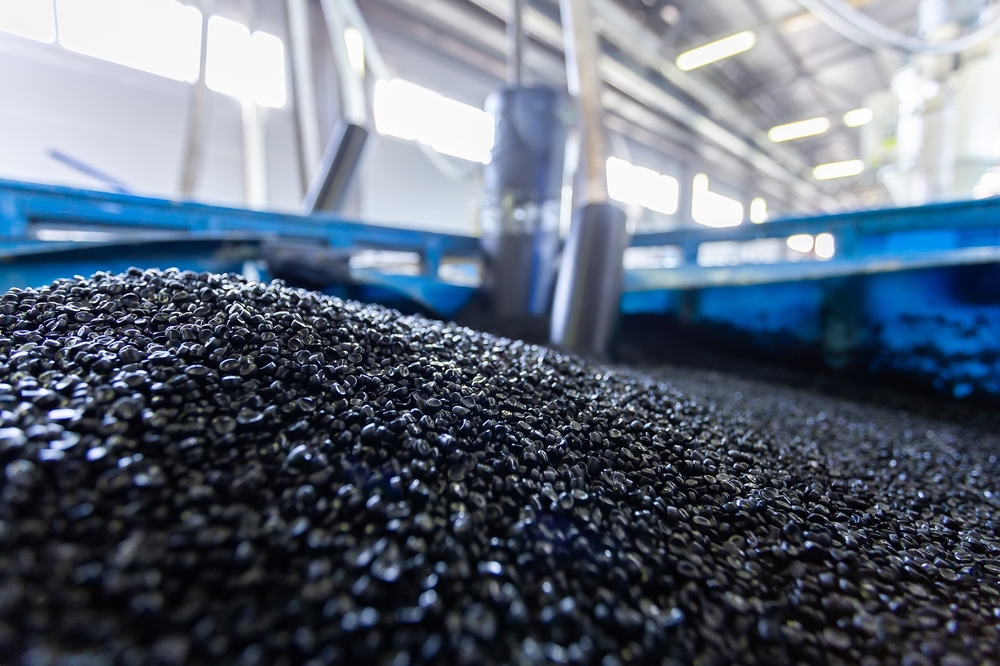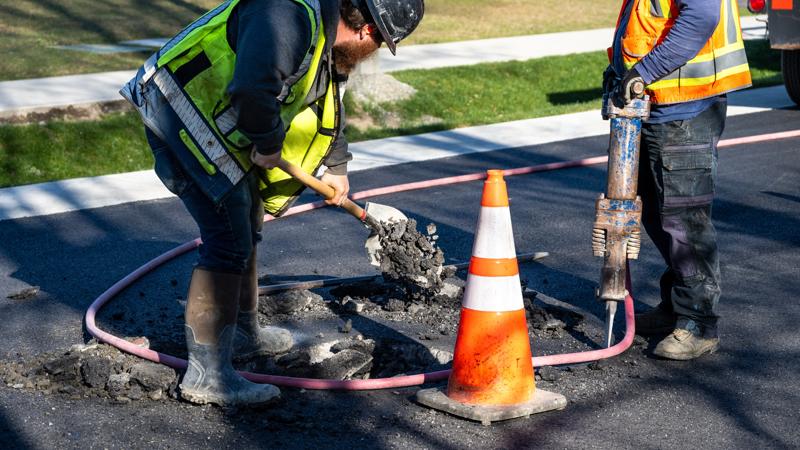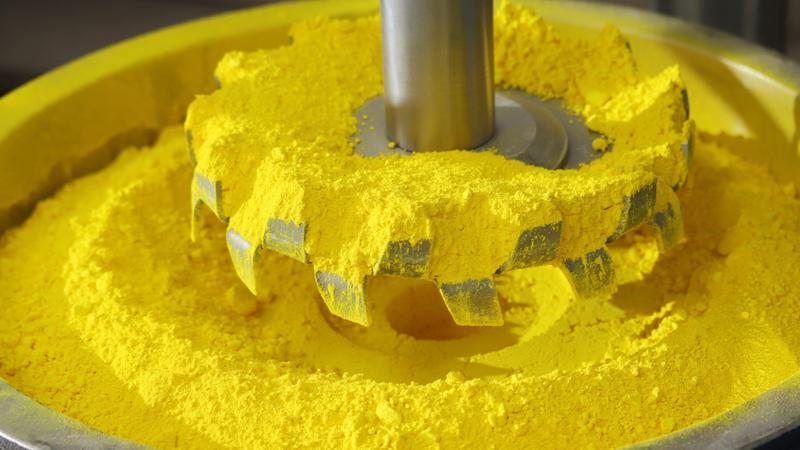"Steel supply all around the world"
 "\n\n""
"\n\n""The world as we know it today owes much of its infrastructure, architecture, and industrial production to steel. The omnipresent material, made primarily of iron and carbon, has been adopted worldwide and forms the backbone of many sectors, including construction, transportation, manufacturing, and heavy industries. The production, distribution, and consumption patterns concerning steel have had significant implications on the world economy, geopolitics, environment, and society at large.
The Worldwide Steel Industry
Ranked second to oil and gas, the steel industry is one of the largest globally, contributing over $500 billion to the world economy. The top steel producing countries \u2013 China, India, Japan, and the United States \u2013 are also massive consumers of steel, with China holding the lion's share of production and consumption.
China's dominance in the steel industry has not been without consequence. It has triggered numerous trade wars, impacting foreign policy and altering global economic relationships. However, China's steel-driven manufacturing sectors have also provided opportunities for other nations, especially those rich in iron ore \u2013 a key ingredient in steel production. Australia, Brazil, and India, the leading iron ore exporters, have benefited from trade relations with steel-heavy nations.
Steel Distribution and Global Supply Chains
The steel supply chain is intricate and expansive, incorporating multiple stages before reaching the end consumer. The journey from being iron ore in a mine to becoming part of a finished product can span oceans and continents. The complex process includes mining, smelting, secondary refining, casting, rolling, finishing and distribution.
Major trading companies, steel service centers, and steel stockholders play a crucial role in the steel distribution process, ensuring the adequate supply of steel products worldwide. These organizations provide services such as just-in-time delivery, inventory management, and custom cutting, essential to ensuring steel availability where and when required. The ingenuity and efficiency of these entities have enhanced the expansion of industries dependent on steel significantly.
Role of Steel Supply in Developing Nations
The importance of steel supply to the economic development of nations, especially developing countries, cannot be understated. Many developing nations, such as India and Brazil, have vast semi-finished steel production capacities serving as significant exports. The funds generated support these countries in infrastructure development, job creation, and technological advancement.
Moreover, the provision of steel materials in these regions has led to the establishment of numerous small and medium-scale enterprises (SMEs), which are operative in diverse sectors such as automobile repair, fabrication and household appliances, to name a few. These SMEs, though small in size, are significant contributors to the GDP and employment in these countries.
Steel Sustainability and the Environment
While steel's versatility and strength make it an indispensable material in our daily lives, its production and use have significant global environmental implications. The production of steel is resource-intense, requiring significant amounts of iron ore and coal, and it contributes significantly to global CO2 emissions. Consequently, the steel industry has come under scrutiny regarding its sustainability and carbon footprint.
However, the industry has been exploring and adopting more sustainable practices, including recycling steel, developing new low-emission production technologies, and promoting energy efficiency. The World Steel Association has reported that approximately 85% of steel is recyclable and over 1.3 billion tons of steel were recycled in 2019. These initiatives symbolize the steel industry's commitment to sustainable development.
Steel Supply : Future Perspective
The future of steel supply is likely to be influenced by the burgeoning of e-commerce in the steel sector, the transition towards greener production methods, growing steel demand from emerging markets, and the adoption of digital technologies.
Digitalization is showing potential to revolutionize the market, with machine learning and blockchain technologies offering new dimensions to steel supply chain management. Meanwhile, governments and businesses worldwide seem to be aligning with the global push for sustainability, and the steel industry is not an exception. This alignment indicates that the greening of the steel supply is more than a passing trend and will shape the industry's future.
In conclusion, the worldwide steel supply has been a crucial determinant in shaping economies and societies across the globe. Its far-reaching impacts on developing nations, the environment, and its potential to adopt and adapt to new technologies suggest that steel will continue to be at the core of our world, shaping civilizations much as it has done in the past. As we usher into a future marked by greater sustainability and digitalization, the steel supply would continue to be a pillar of the global economy, potentially in more eco-friendly and efficient ways.
\n\n""" ""










